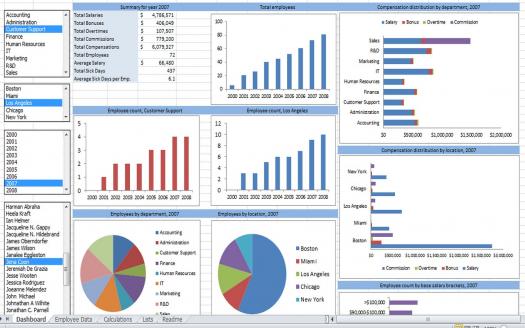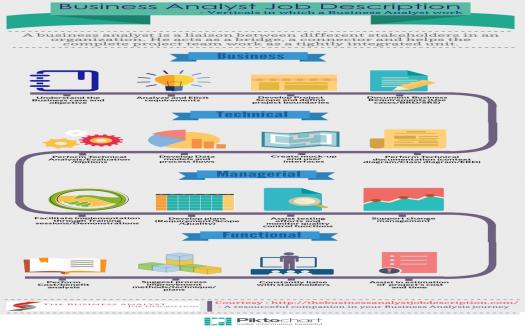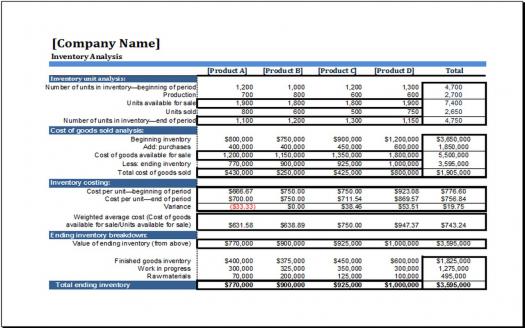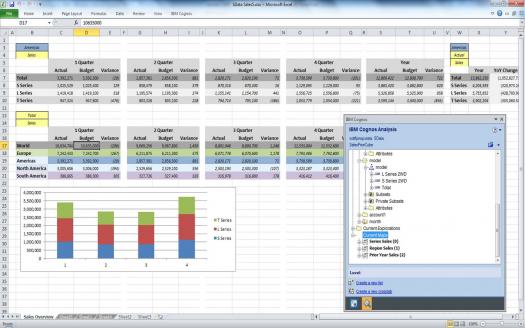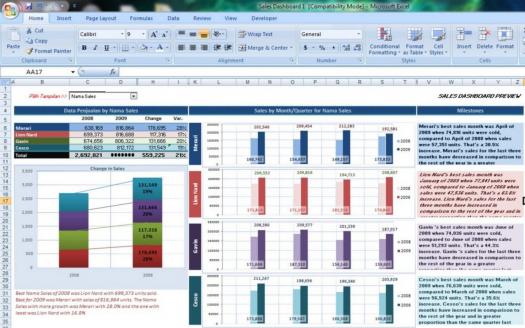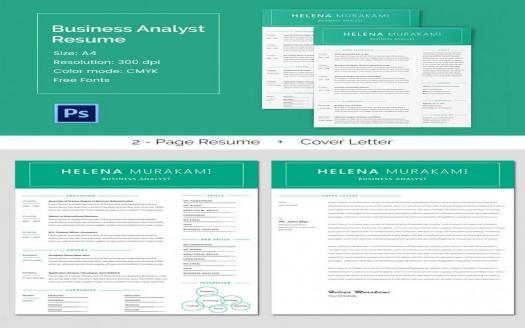Business Analyst Excel Quiz

A business analyst uses excel software as his main tool of modeling to achieve a certain level of record keeping and reporting required to be informed, up-to-date, and able to track finances accurately and plan for the future. Do you know how business is analyzed in excel? . Here is a short quiz.
- 1.
Which of these is not a predefined formula for analysis in excel?
- A.
IF
- B.
SUM
- C.
VLOOKUP
- D.
NUL
Correct Answer
D. NULExplanation
The answer is NUL because it is not a predefined formula in Excel. IF, SUM, and VLOOKUP are all commonly used formulas in Excel for conditional statements, adding up values, and searching for specific data, respectively. However, NUL is not a recognized formula in Excel and does not perform any specific analysis function.Rate this question:
-
- 2.
What are the predefined excel formulas such as index etc, referred to?
- A.
Makeups
- B.
Tools
- C.
Functions
- D.
Knobs
Correct Answer
C. FunctionsExplanation
The predefined Excel formulas such as index are referred to as functions. Functions are built-in formulas that perform specific calculations or actions in Excel. They are designed to simplify complex calculations and automate repetitive tasks. Functions can be used to perform various operations such as mathematical calculations, logical operations, text manipulation, date and time calculations, and more.Rate this question:
-
- 3.
What is the function wizard called in Excel for Mac 2011?
- A.
Formula
- B.
System
- C.
Mode
- D.
Formula builder
Correct Answer
D. Formula builderExplanation
The function wizard in Excel for Mac 2011 is called the "Formula builder." This tool helps users create complex formulas by providing a step-by-step guide and allowing them to select the desired functions and arguments. It simplifies the process of constructing formulas and ensures accuracy by providing a clear interface and options to choose from.Rate this question:
-
- 4.
Which of these is not a type of function used in Excel by a business analyst?
- A.
Logical Functions
- B.
Financial Functions
- C.
Lookup Functions
- D.
Index Functions
Correct Answer
D. Index FunctionsExplanation
Index Functions is not a type of function used in Excel by a business analyst. Excel offers various types of functions that are commonly used by business analysts, such as Logical Functions, Financial Functions, and Lookup Functions. However, Index Functions are not typically used by business analysts in their data analysis and reporting tasks.Rate this question:
-
- 5.
Which of these is not an example of financial functions?
- A.
IQT
- B.
NPV
- C.
IRR
- D.
PMT
Correct Answer
A. IQTExplanation
IQT is not an example of a financial function. Financial functions typically involve calculations related to money, investments, and financial planning. IQT is not a commonly used financial function and does not have a specific financial meaning.Rate this question:
-
- 6.
Which does a business analyst find more convenient to use when working on excel ?
- A.
Mouse
- B.
Trackpad
- C.
Joystick
- D.
Keyboard
Correct Answer
D. KeyboardExplanation
A business analyst finds the keyboard more convenient to use when working on Excel because it allows for faster data entry and navigation. The keyboard shortcuts in Excel can help the analyst perform tasks quickly and efficiently, such as copying and pasting data, formatting cells, and navigating between worksheets. Additionally, the keyboard provides a tactile feedback that can aid in accuracy and precision when entering data.Rate this question:
-
- 7.
What does a business analyst use equal sign (=) shortcut for in excel modelling?
- A.
Sum selected cells
- B.
Shkw formulas or values
- C.
Start a formula
- D.
Highlight dependent cells
Correct Answer
C. Start a formulaExplanation
A business analyst uses the equal sign (=) shortcut in Excel modelling to start a formula. This is because in Excel, formulas always begin with an equal sign to indicate that the following characters are part of a calculation. By using the equal sign, the analyst can perform various calculations and manipulate data within the spreadsheet.Rate this question:
-
- 8.
The IF statement in excel takes three fields called?
- A.
Logics
- B.
Function
- C.
Mode
- D.
Arguments
Correct Answer
D. ArgumentsExplanation
The IF statement in Excel takes three fields called arguments. Arguments are the values or expressions that are used by a function to perform calculations or operations. In the case of the IF statement, the arguments typically consist of a logical test, the value to return if the test is true, and the value to return if the test is false. These arguments allow the IF statement to evaluate a condition and return different results based on the outcome of the condition.Rate this question:
-
- 9.
What does a business analyst use COUNTIF for in excel?
- A.
To get a list of data in key field in the left most coloumn
- B.
Averages the values in the specified range that match specified criteria
- C.
Sums the cells that match specified criteria
- D.
Counting the cells that match specified criteria
Correct Answer
D. Counting the cells that match specified criteriaExplanation
A business analyst uses COUNTIF in Excel to count the cells that match specified criteria. This function allows the analyst to determine the number of cells that meet a certain condition or criteria, such as counting the number of sales transactions that exceed a certain amount or counting the number of customers in a specific age range. By using COUNTIF, the business analyst can quickly and accurately calculate the desired count based on the specified criteria.Rate this question:
-
- 10.
Can an analyst use AVERAGEIF in Excel 2007?
- A.
Yes
- B.
No
- C.
None
- D.
Unknown
Correct Answer
A. YesExplanation
Yes, an analyst can use AVERAGEIF in Excel 2007. AVERAGEIF is a function in Excel that allows you to calculate the average of a range of cells based on a specified condition. It is available in Excel 2007 and can be used by analysts to calculate averages based on specific criteria, making it a useful tool for data analysis.Rate this question:
-
Quiz Review Timeline +
Our quizzes are rigorously reviewed, monitored and continuously updated by our expert board to maintain accuracy, relevance, and timeliness.
-
Current Version
-
Mar 21, 2023Quiz Edited by
ProProfs Editorial Team -
Mar 10, 2018Quiz Created by
Timmy198
 Back to top
Back to top




